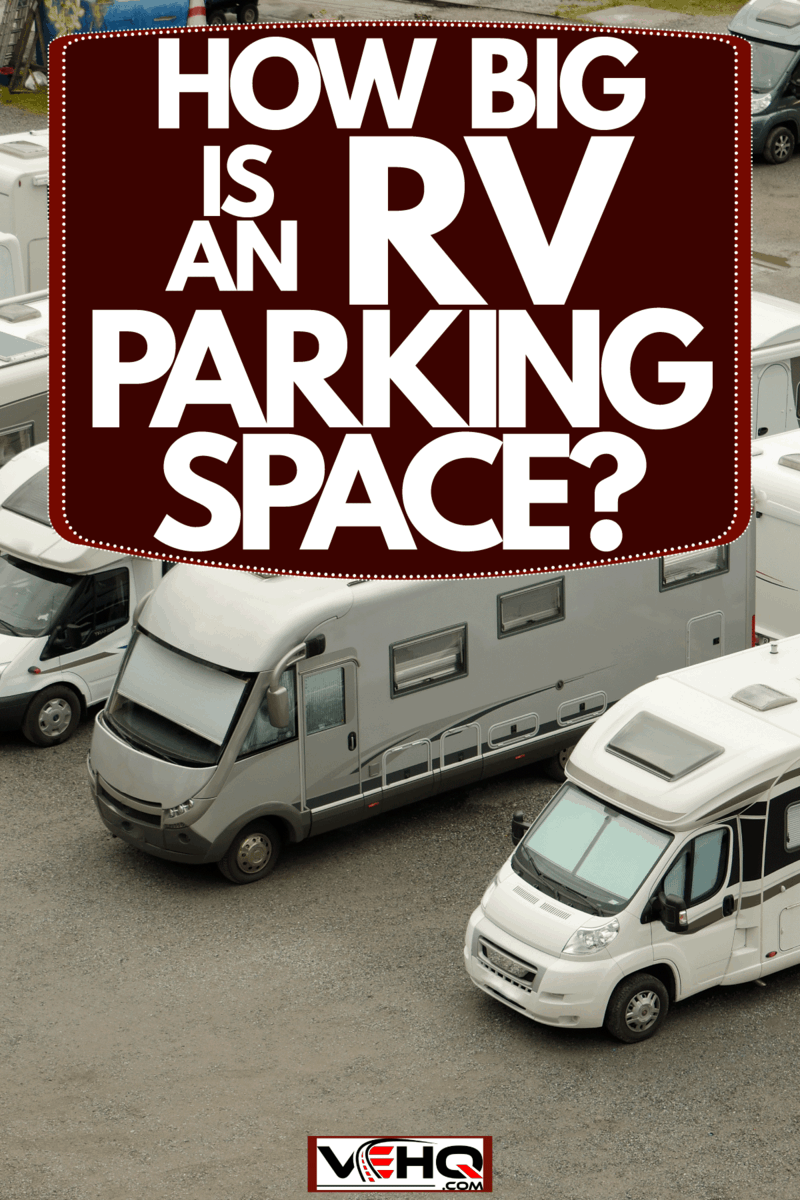How big is an RV parking space? This question often comes to mind when planning where to park your RV. The answer varies depending on your chosen destination. Measuring your RV and comparing it to the size of potential parking spots is key to verifying a proper fit.
In RV parks and campgrounds, spaces are commonly at least 20 feet wide and 40 feet long, providing ample room for both the RV and the tow vehicle.
However, regular parking spaces measure only about 9 feet by 18 feet on average. The size of your RV might necessitate multiple regular spots.
The location, available amenities, and prevailing regulations influence the dimensions of RV parking spots. This article examines the usual size of RV parking spots in different locales.
We'll also discuss how aspects like slide-outs, ground material, and other design features impact the fit. Getting to know these vital measurements will help in locating parking choices that match your RV's distinct size and form.
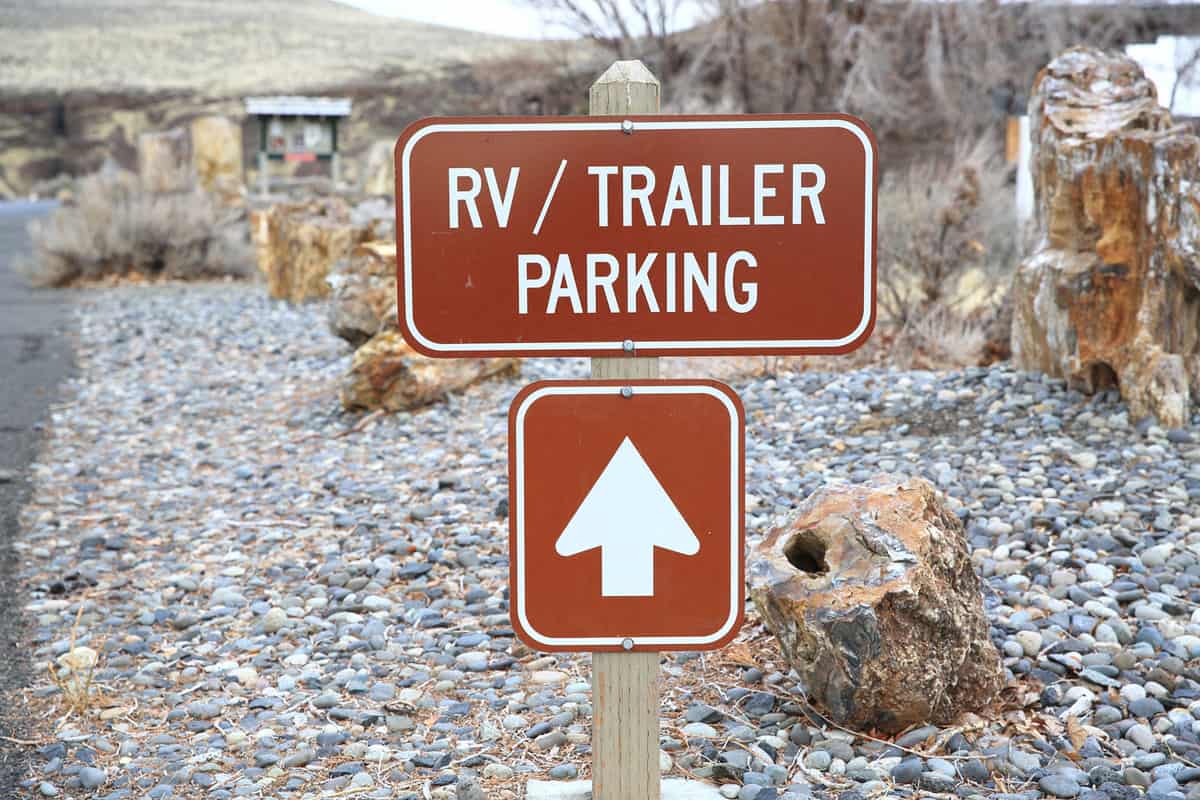
Measuring Your RV
Measuring Your RV: To ensure your RV fits in parking spots, start by accurately measuring it yourself. Use a long tape measure to get the length, width, and height. For a fifth wheel, take measurements with and without the tow vehicle attached.
Compare these dimensions to the size of potential parking spaces. Knowing the exact size of your RV is crucial for finding a good match. Store the measurements somewhere handy, like a notes app for easy reference when parking space hunting.
Typical RV Dimensions By Type
Recreational vehicle dimensions differ across types and models. Here are typical measurements for reference. These are estimates, so measure your RV. Compare to parking space dimensions for trip planning.
Fifth Wheel RVs are known for their spaciousness, with typical dimensions falling between 32 to 36 feet in length, a width range of 8 to 8.5 feet, and height averaging around 13 feet.
Class A motorhomes are indeed the largest among the RV types, with an average length of around 33 feet, a width of about 8 feet 4 inches, and a height ranging from 10 to 13 feet.
On the other hand, Class B motorhomes, often referred to as camper vans, are the smallest, typically measuring around 20 feet in length and 7 feet in width.
Class C motorhomes fall between Class A and B in size, averaging around 28 feet in length and a width of approximately 8.8 feet.
Standard travel trailers average 24 to 25 feet in length, 7 to 8.5 feet in width, and around 8 feet in height. Length is measured from the back bumper to the tip of the tongue jack, including any attached accessories or towing vehicle.
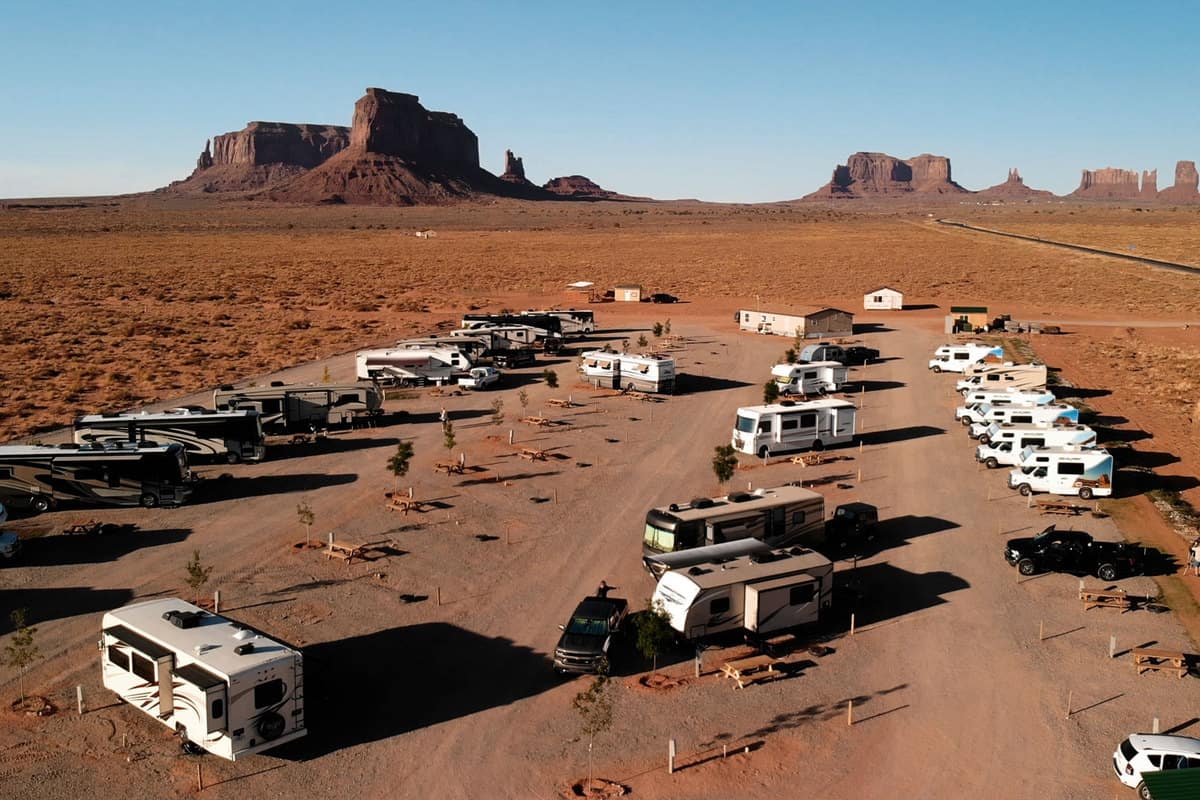
Comparing Parking Locations
RV parks and campgrounds offer specialized larger parking spaces to accommodate bigger vehicles and camping activities. Spaces are typically 40-75 feet long. Some venues, like KOA campgrounds, have sizes up to 70 feet. The NFPA mandates RV spaces to be at least 20 feet wide.
However, not all campgrounds can fit large RVs, with many national park sites restricting total length to 25 feet or less. It's important to check individual park dimensions and restrictions before visiting.
On the other hand, a standard parking space is much smaller, usually around 9 feet wide and 18 feet long. This can accommodate small to mid-sized RVs, but large Class A and fifth-wheel models will need multiple regular parking spots. Designated RV parking areas in lots are not common.
Factors Affecting RV Parking Space Size
Parking space dimensions can vary due to location, amenities, and local regulations. For instance, some national parks limit RV length to 25 feet. It's wise to check with individual RV parks and campgrounds regarding their parking space dimensions before visiting.
Size may also depend on elements like:
- Location of utility hookups
- If RV has attachments like slide-outs
- If additional tents or vehicles need accommodation
- Ground surface material (concrete vs. dirt/grass)
Allowing Space for Utility Access
When parking your RV, be sure to leave enough room around the exterior to access utility hookups. Inspect the site to see where these access pedestals are located.
It is important that your utility connection equipment can reach the hookups without obstruction. This allows ample access to water, electricity, and sewer.
Accounting for RV Width Factors
To see if an RV will fit in a parking space, consider two things: slide-out extensions and the RV's overall width. RV slide-outs extend to give more interior room. They make the RV wider in the process.
One slide-out usually adds 1.5 to 3 feet of width. Slide-outs on both sides can add 3 to 6 feet to the RV's width. The largest slide-outs are around 5 feet, often found in fifth-wheel models parked for long periods.
RVs are typically around 8 feet wide without slide-outs to fit in driving lanes. With slide-outs, Class A RVs extend to about 12 feet wide. Class B RVs extend to 10 feet, and Class C RVs to just under 12 feet.
If your RV slide won't go back in, check out our other article on the topic here: RV Slide Goes Out But Not In – What To Do?
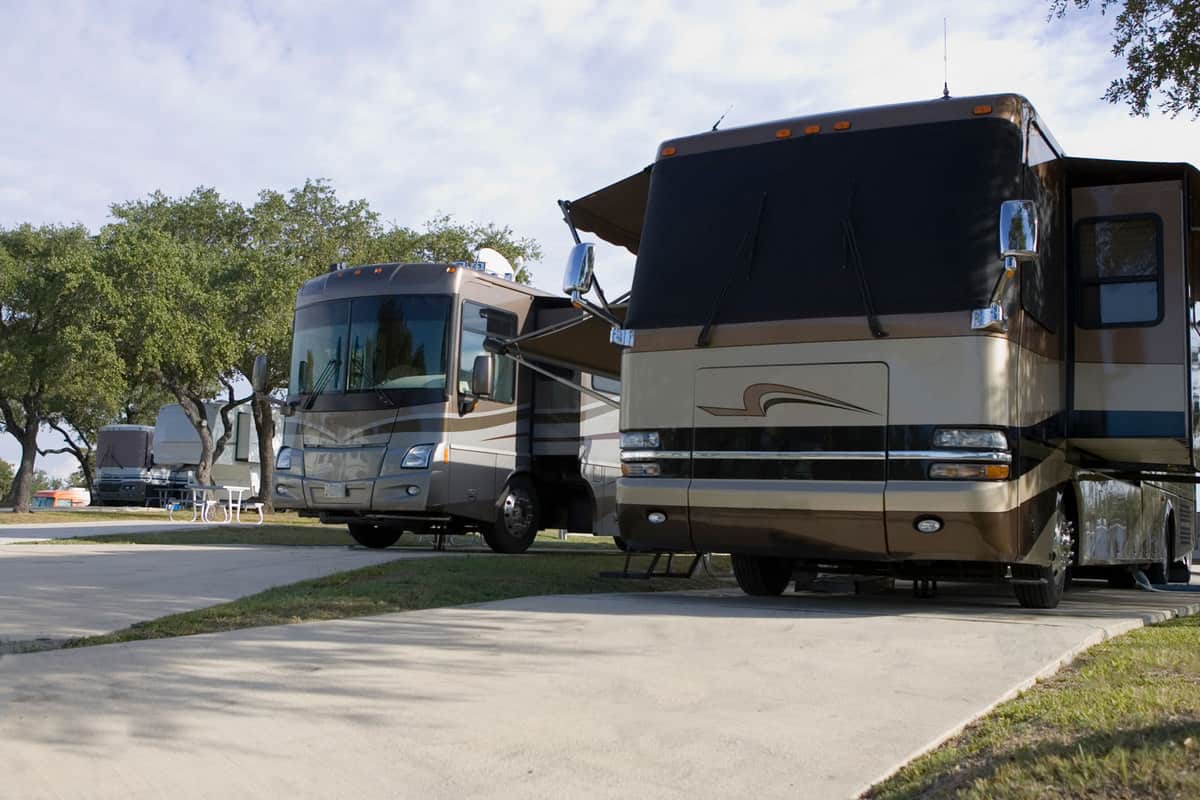
Design Elements That Affect RV Site Size
The density of RVs at RV parks varies widely. Local regulations typically restrict parks to 10-15 RVs per acre on average, though some areas permit only 4-10 RVs per acre.
For temporary event parking, space constraints mean only 2-3 small RVs or camper vans may fit per acre. RV storage lots can accommodate around 10 RVs per acre, depending on model size.
Whether tents can be set up alongside RVs primarily depends on the individual site's rules and layout. Some RV sites are designed with enough space for both an RV and a tent.
However, many RV sites only have room for the RV itself, plus a picnic table and campfire pit. It's advisable to check with the RV park ahead of time on tent allowances and space availability.
Terrain can also impact layouts. For instance, on a sloped site, an RV can only back up until it touches the slope. Careful assessment of each site's dimensions, facilities, and terrain is needed when maneuvering large RVs into the space.
What Is The Best Surface To Park An RV On?
Flat, level concrete is the ideal surface for parking your RV, whether short-term or long-term. However, we'll look at other suitable materials for RV parking and important factors to consider.
Parking your motorhome or RV on concrete is best since it's sturdy, solid, and level. Concrete holds up under an RV's heavy weight, preventing sinking, shifting, moisture damage, and pests.
Parking on the grass is discouraged. An RV's weight can sink, compress the soil, damage the turf over time, and leave yellow patches on the grass. Use alternative surfaces to prevent these problems.
Pavers, especially interlocking concrete or permeable ones filled with gravel, are good for RV parking. When leveled properly, they provide durability, drainage, and stabilization.
Gravel also provides a reliable surface for RV parking, offering drainage and tire support. Use smooth-edged gravel or permeable pavers filled with gravel to minimize tire damage.
However, gravel may shift over time, needing occasional maintenance. If you are concerned with tire damage, consider using tire savers.
RV Sites vs Campgrounds
RV sites and campgrounds both offer parking and amenities for RVs, but there are some key differences between the two.
Every space at RV sites has full hookups for water, sewer, and electricity. RV sites also have extra amenities like cable TV, fast WiFi, convenience stores, and resort-style facilities for RV travelers. The focus is on premium comfort and convenience.
Campgrounds have a simpler, rustic approach compared to RV sites. They provide basic amenities and fewer utility hookups. Campgrounds focus on a traditional camping experience in remote, natural settings, unlike urban conveniences near RV sites.
RV sites are for RV users only, while campgrounds are for RV and tent campers. Here, the focus is on enjoying nature, not luxury. Campgrounds often cost considerably less than RV resorts and parks.
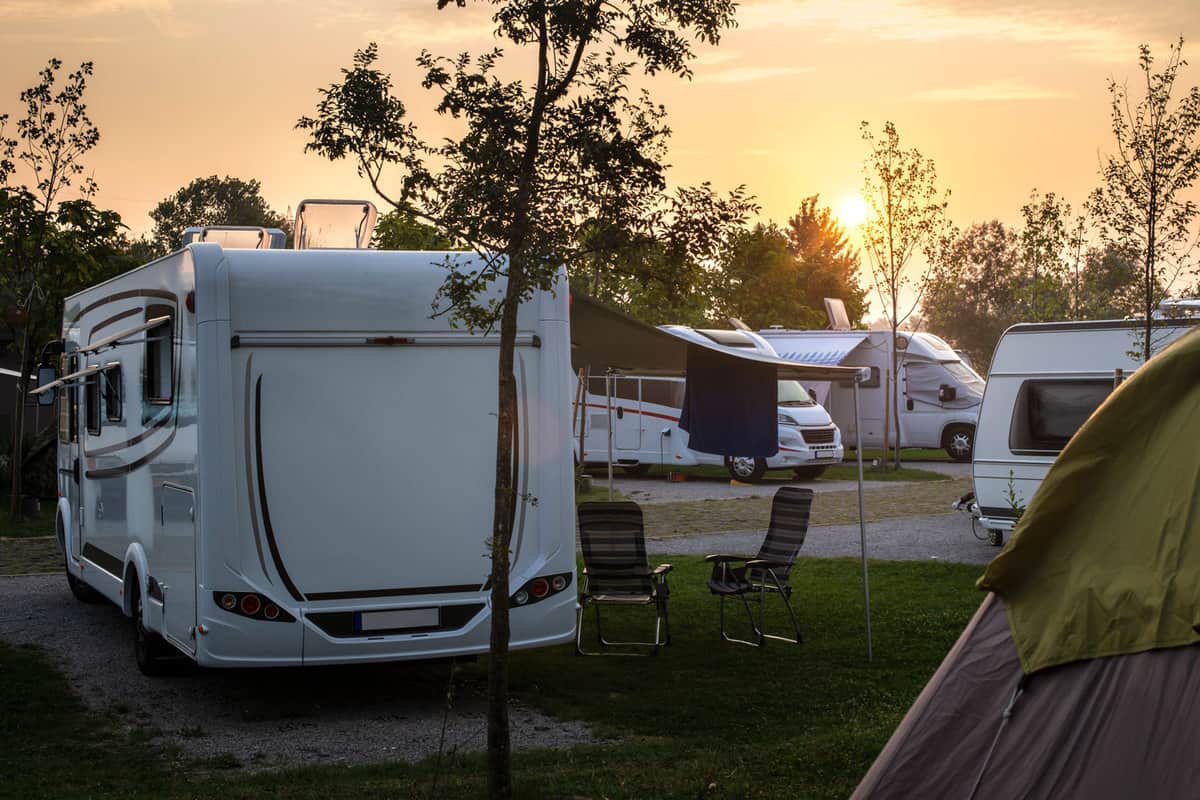
Finding the Right Fit for Your RV
The most important step is measuring your specific RV's length, width, and any slide-outs or extensions. Don't rely on averages - contact potential destinations to get exact parking space dimensions.
Ask about length and width limitations, utility access, and surface material. With planning, you can find great parking options tailored to your RV's unique size and shape. Happy travels!
If you've researched what it takes to own an RV, and you think you're ready to buy, check out our article on the average cost of an RV here: What’s the Average Price of a New RV? [By RV Type]
